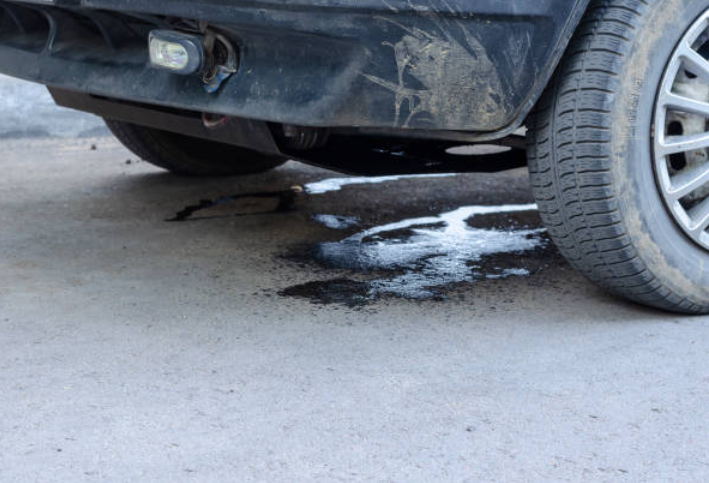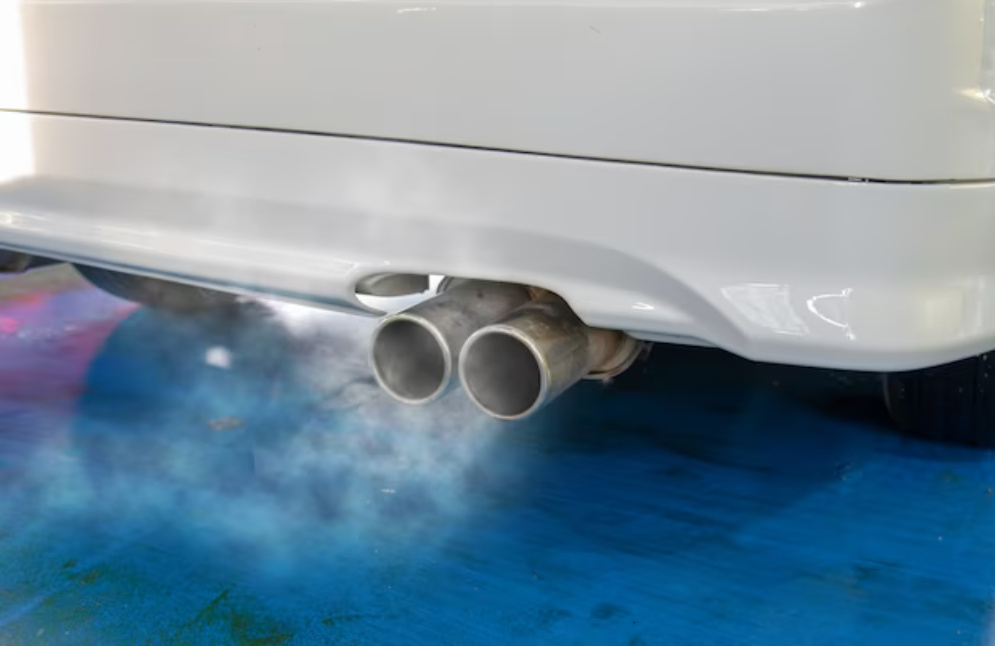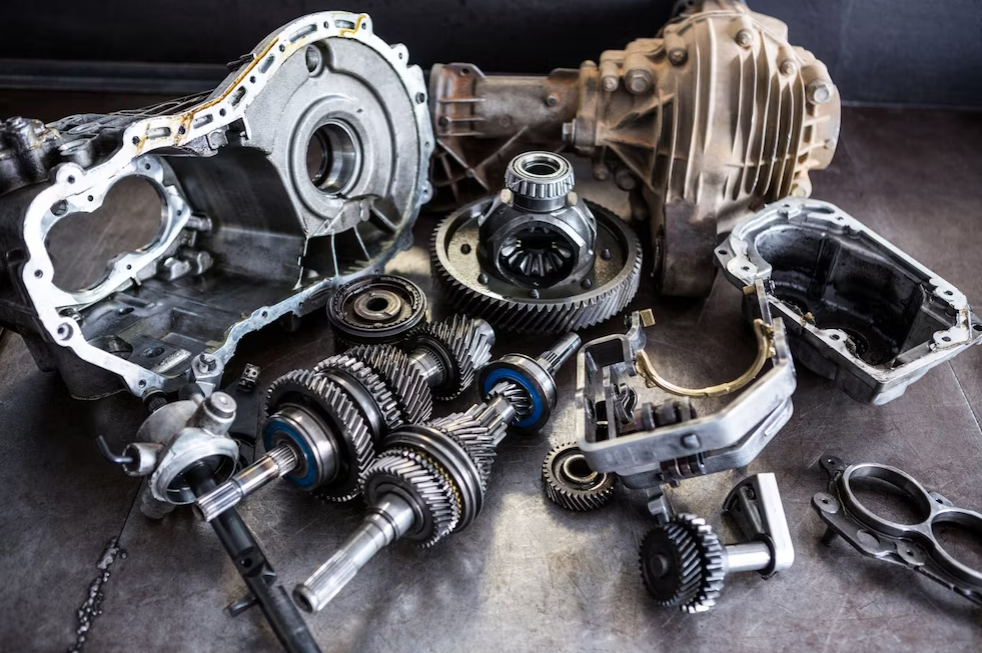Engine Block Heaters Explained
Many automobile owners struggle to start their vehicles in the mornings during the winter because of the low temperatures. Your car's performance may suffer significantly in cold weather, and starting the engine may be challenging. However, adding an engine block heater is one remedy to this issue. We'll discuss the advantages of engine block warmers and how they may keep your automobile operating smoothly even in subfreezing weather in this blog article.

What is an Engine Block Heater?
An engine block heater is a device that preheats the engine block of a car before starting it, particularly in cold weather. It comprises of an electric heating element or a heating element attached to the engine's coolant system. The heater is usually located in the engine block and heats the coolant and oil to keep them at a comfortable temperature. An engine block heater helps to alleviate the difficulties associated with cold starts by keeping the engine block heated. It makes the engine start easier and faster, and it improves oil circulation and lubrication throughout the engine. This reduces wear and strain on engine components and enhances engine longevity.
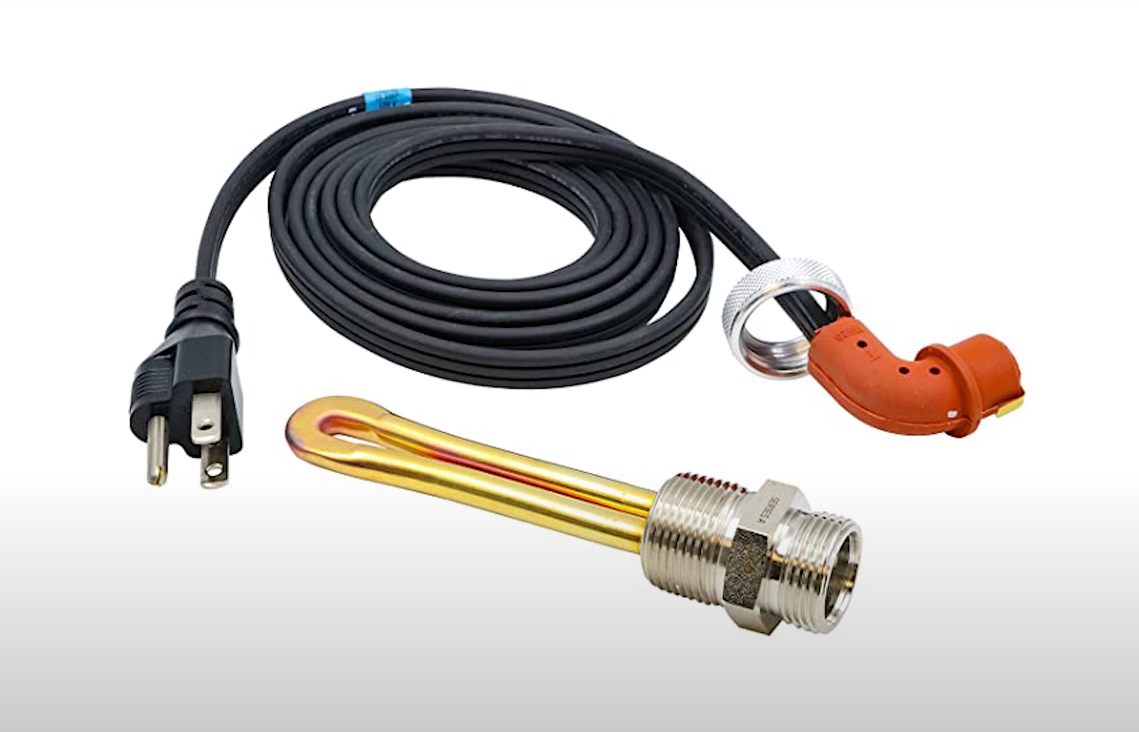
Immersion Heaters:
The most popular kind of engine block heaters are immersion heaters, sometimes referred to as coolant heaters. They are made up of a heating element that is immediately submerged in the engine coolant. The engine block or cylinder head usually have a dedicated port or hole where the heater is mounted. Immersion heaters warm the coolant, which elevates the temperature of the engine block and makes starting and warming up the engine easier and more efficient.
Freeze Plug Heaters:
Freeze plug heaters, also called expansion plug or frost plug heaters, replace one of the engine's freeze plugs. Freeze plugs are metal plugs installed in the engine block to allow for expansion and contraction of the coolant during temperature changes. Freeze plug heaters are installed by removing a freeze plug and inserting the heater in its place. These heaters warm the engine block by directly heating the coolant.
Magnetic Heaters:
Magnetic heaters are external heaters that attach to the outer surface of the engine block. Conduction is used to transfer heat while magnets hold the heater in place. Since they don't require any alterations to the engine block, magnetic heaters are simple to install and remove. The coolant and engine are typically warmed up by a heating pad or element that is in close proximity to the engine block.
Dipstick Heaters:
Simple engine block heaters called dipstick heaters take the place of the engine's oil dipstick. They are made up of a heating element that is connected to a rod that resembles a dipstick and is put into the oil reservoir. The heating element heats the oil when it is plugged in, preserving its ideal temperature. Dipstick heaters primarily work to keep the engine oil warm while also giving the engine block some indirect heat.
Fuel Heaters:
Prior to entering the engine, fuel is warmed using fuel heaters. They frequently have to be inserted in a fuel tank or line, and they run on engine coolant or electricity. By warming the fuel, these heaters help improve fuel atomization, prevent fuel gelling in cold weather, and enhance the overall combustion process. Although fuel heaters do not directly warm the engine block, they contribute to easier starts and smoother operation in cold conditions.
Engine block heaters offer numerous benefits, making them a valuable addition, especially in cold weather regions. By keeping the engine block and coolant warm, these heaters ensure easier cold starts and faster engine warm-up, reducing strain on the engine and starter motor. This, in turn, improves fuel efficiency by minimizing the extra fuel consumption required during cold starts. Engine block heaters also contribute to reduced engine wear by promoting better lubrication and minimizing friction during initial start-up. Additionally, they enhance cabin comfort by accelerating the warm-up of the vehicle's heating system. Last but not least, these heaters contribute to lowering emissions, making them eco-friendly. Overall, engine block heaters are a useful and affordable option that optimizes cold-weather driving by increasing engine performance, extending engine life, and lowering fuel costs.
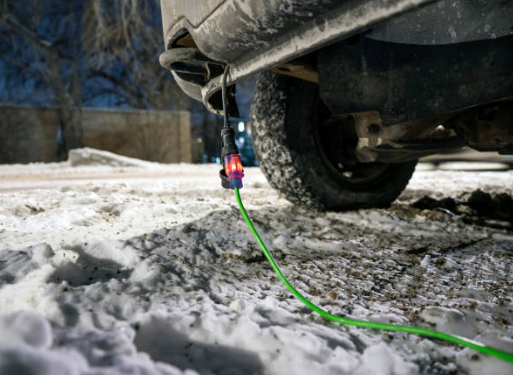
Proper installation and maintenance of an engine block heater are essential for its optimal performance and longevity. To install the heater, carefully follow the manufacturer's instructions, choosing the appropriate location and ensuring a secure fit. Regular inspections should be conducted to check for any damage, wear, or loose connections. Keep the heater clean from dirt and debris, and inspect the power cord for any signs of damage. Before the onset of cold weather, test the heater to verify its functionality. Seek professional maintenance during routine vehicle servicing to ensure the heater is in good working condition. By adhering to these installation and maintenance practices, you can ensure the reliable operation of your engine block heater, allowing for smoother cold starts and enhanced engine performance in cold weather conditions.
-
Can I leave the engine block heater plugged in overnight?
Although it is normally safe to leave the engine block heater plugged in over night, it is advised to adhere to the heater's manufacturer's instructions. It's crucial to check that the heater is in excellent shape and functions within the prescribed temperature range since overheating might be a problem.
-
Are engine block heaters environmentally friendly?
Engine block heaters can contribute to reducing emissions by enabling easier starts and quicker warm-up times, resulting in improved fuel combustion. While their direct environmental impact may be relatively small, they play a part in reducing overall vehicle emissions during cold weather conditions.
Read more article here: Top 10 ATV Helmets For Optimal Safety And Adventure





